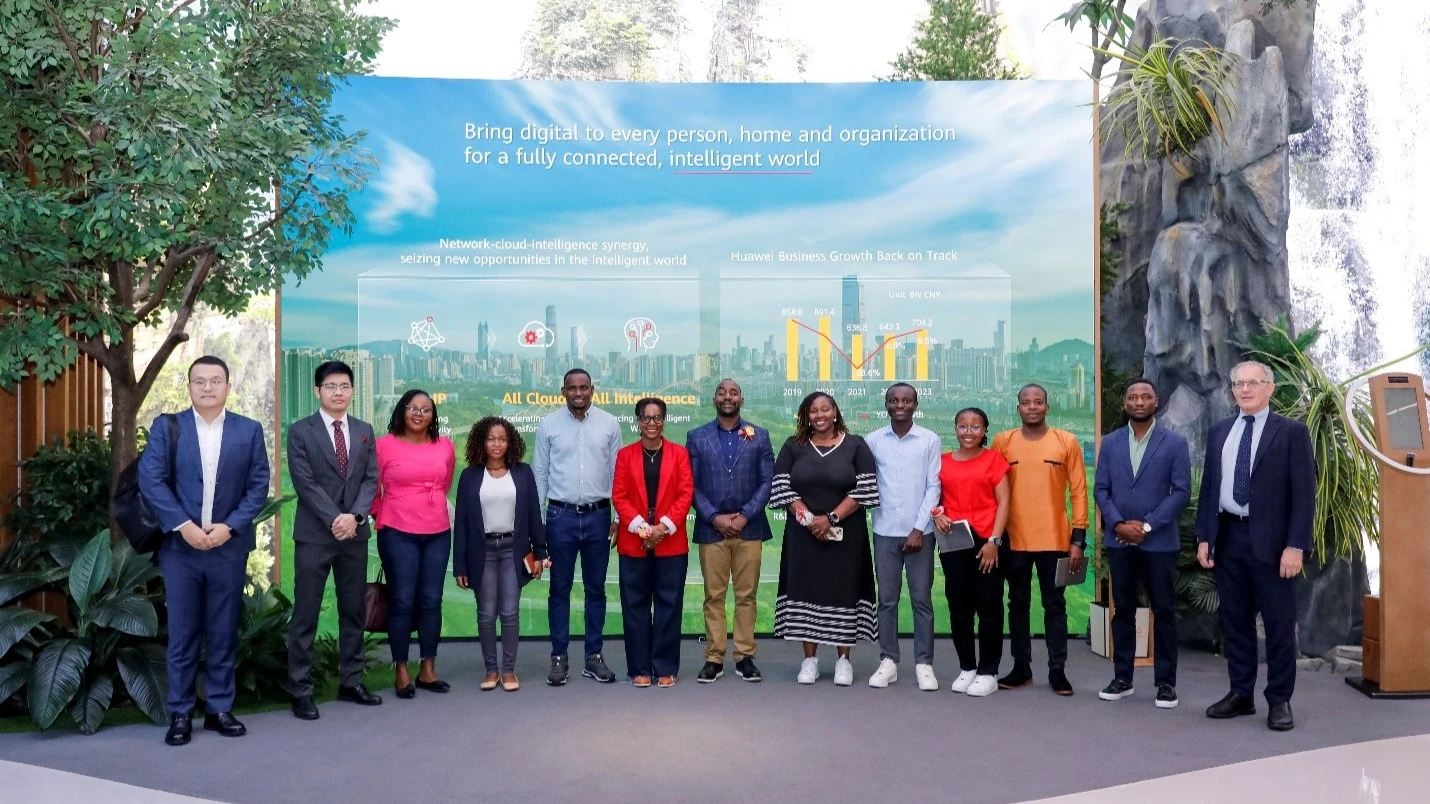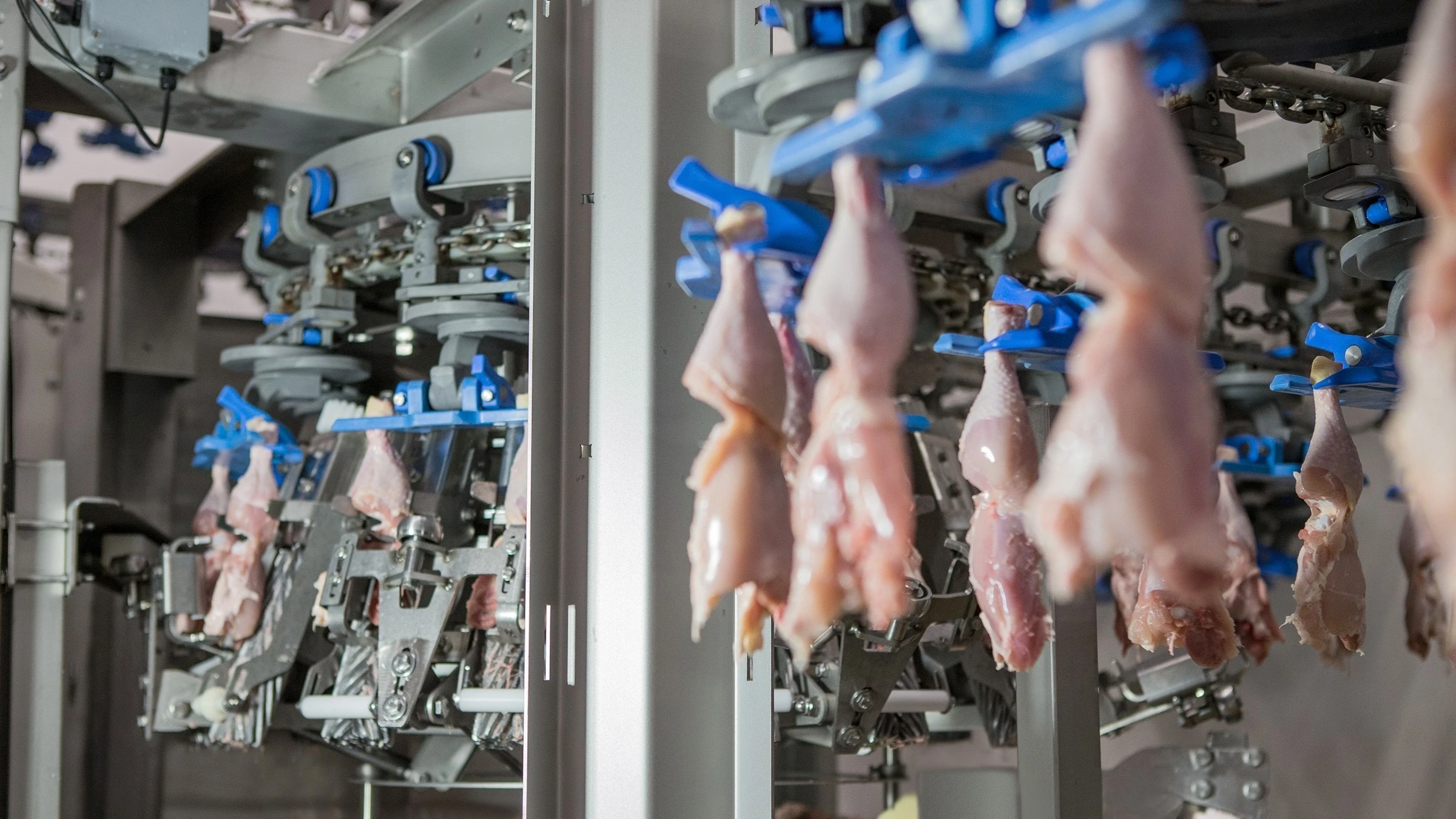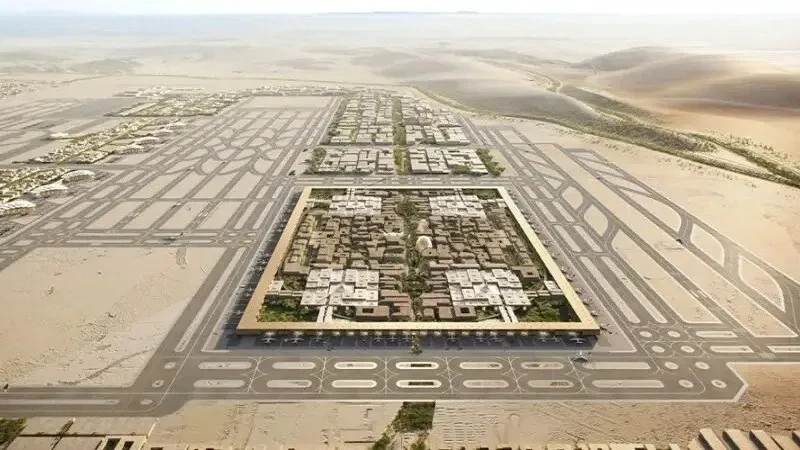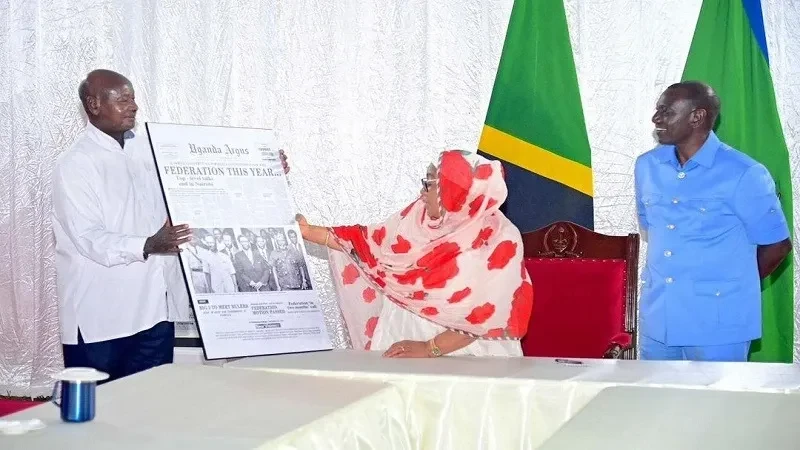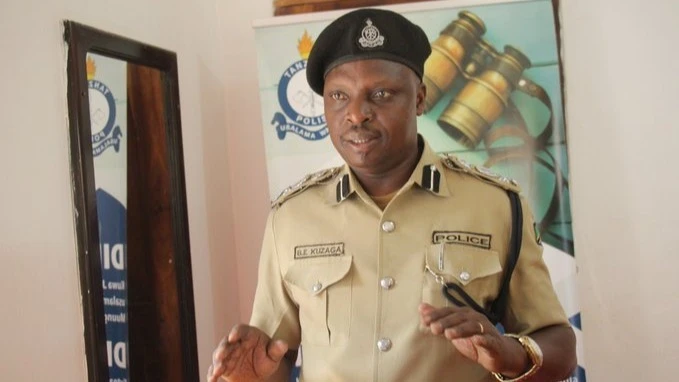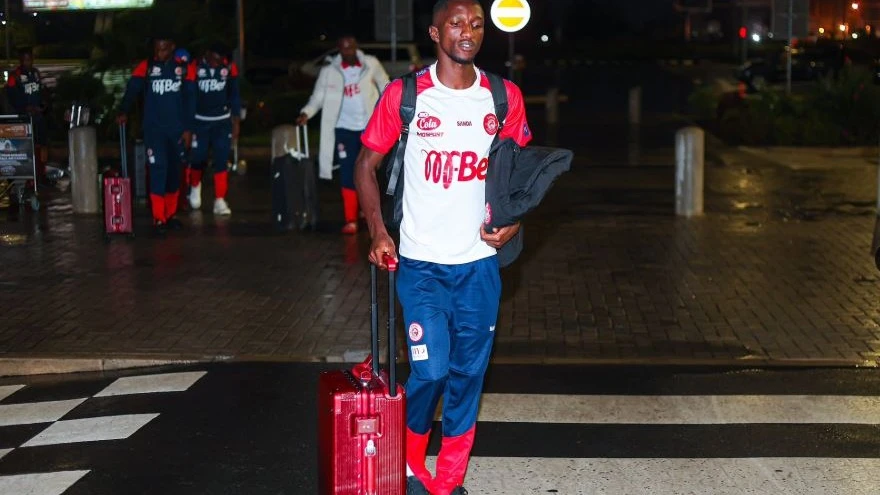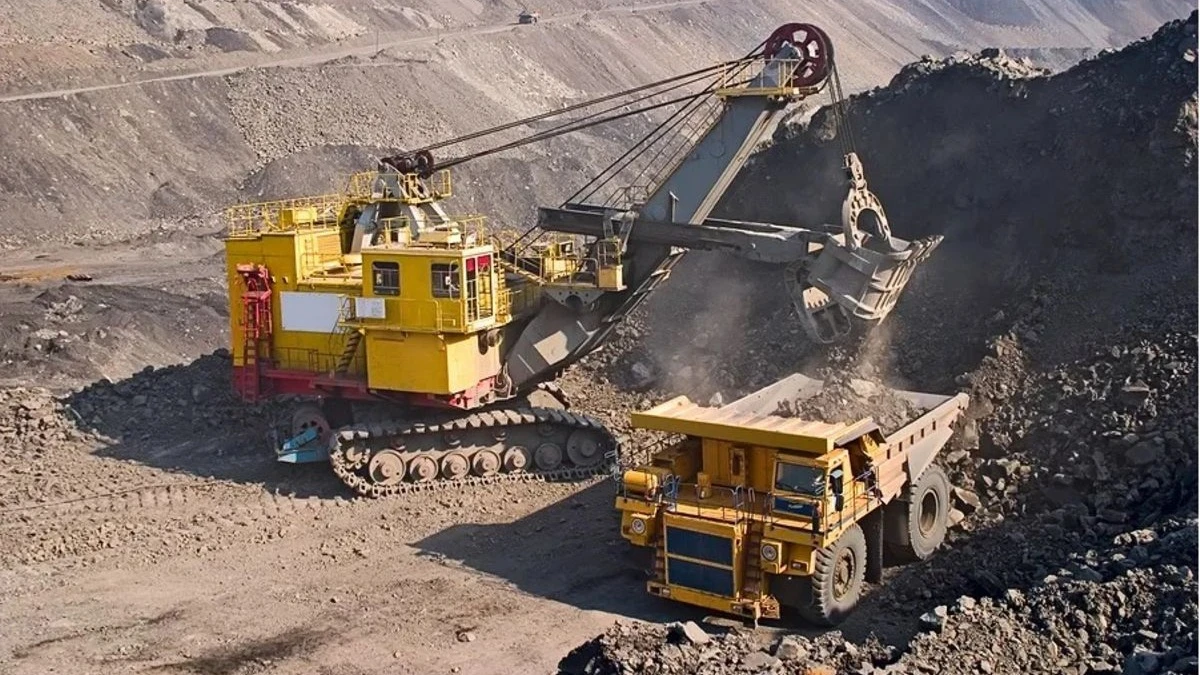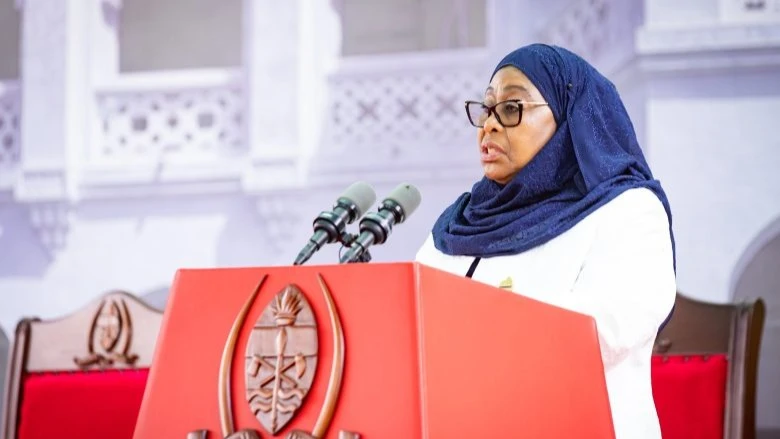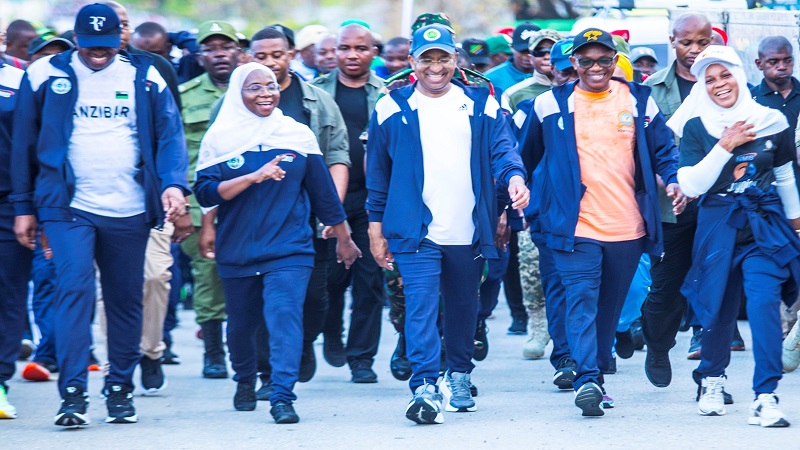Kilindi’s livestock keepers seeking ministry support for grazing grass
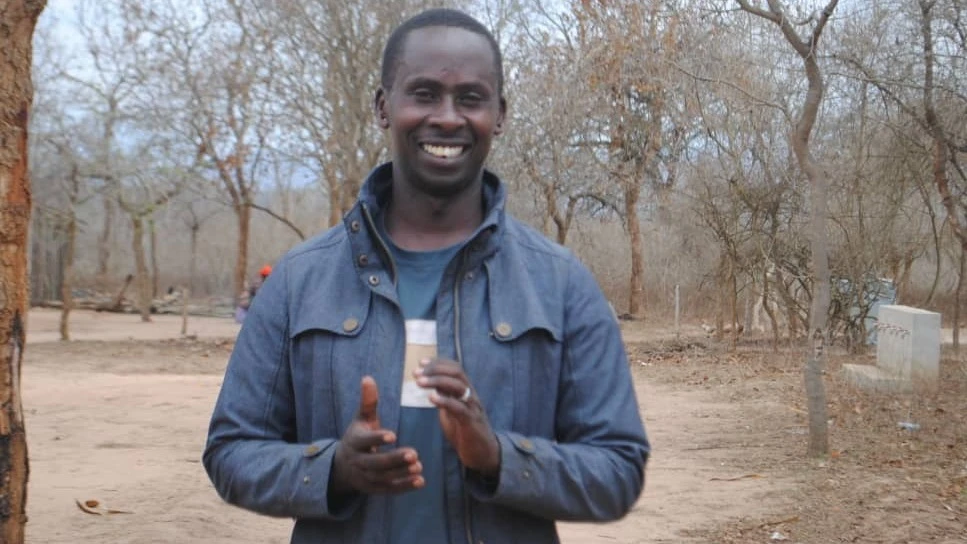
Livestock keepers in Lusane village, Kilindi District, Tanga Region, are urging the Ministry of Livestock and Fisheries to supply drought-resistant grass for their grazing areas.
Parkole Logani, chairman of the Lusane Pastoralists Association, made this appeal during a recent visit from journalists and representatives of the Tanzania Community Forest Conservation Network (MJUMITA) and the Tanzania Forest Conservation Group (TFCG) to assess the Integrated Forest Biomass Energy Solutions for Tanzania (IFBEST) project.
Logani stated, “We face drought and limited grazing, especially during dry seasons. Grass would significantly help our community.” The village, funded by the European Union (EU), has designated 2,050.65 hectares for cattle grazing but still experiences shortages, prompting residents to seek pasture in neighboring villages like Kibati, Dibuluma, and Mmbogo.
Currently, Lusane has approximately 6,000 cattle and requires additional infrastructure, including three charco dams, cattle dips, and water wells for household use, along with training on modern livestock practices. With EU support, the village also resolved a 27-year boundary dispute with Kitingi village.
Before the IFBEST project, farmers encroached on livestock routes, leading to disputes and fines for pastoralists. “We hope the new land-use plan will reduce these conflicts,” Logani added. Pastor Isaya Nyange of Nameloki Baptist Church noted improved security and development in Lusane since the project's initiation, which has helped strengthen village boundaries and foster better cooperation with neighboring areas.
However, boundary verification between Kilindi and Mvomero districts remains incomplete. Residents have appealed to the Land Commissioners of Tanga and Morogoro to finalize these boundaries, as unclear borders have led to conflicts with individuals from Mvomero District, who reportedly cut down trees and farm within Lusane's village forest reserve. “They claim the land belongs to Kibati village when confronted,” Nyange stated.
Access to safe water is another critical issue, with approximately 2,500 people in Lusane lacking reliable sources for domestic use and livestock. “Women and children often walk 6-8 km to collect unsafe water,” Nyange explained, urging government intervention to provide safe drinking water. Health issues linked to poor water quality, such as typhoid and stomach ulcers, are prevalent, hindering community engagement in development activities as time spent gathering water could otherwise be used for development.
Lusane has established Village Savings and Loans Associations (VSLAs) to support economic activities, including livestock trading, but these groups require additional funding, seeking donor support to raise at least 400m/- to expand their operations. Rachel Tobias, a member of the village land-use planning committee, noted that the IFBEST project has helped allocate land for agriculture, residential areas, water wells, village forests, and grazing plots.
This structured land use has enhanced security and attracted neighboring villagers to Lusane, recognizing the peaceful resolution of past disputes.
The village has also set aside 1,897 hectares for sustainable charcoal and timber harvesting. According to Sadick Mungia, chairman of the natural resource committee, they seek equipment such as uniforms, transportation, and gumboots to aid their conservation efforts.
Logani emphasized that, despite 95 percent of Lusane's residents being livestock keepers, they still struggle with inadequate grazing land. Access to drought-resistant grass from the Ministry would enable them to cultivate their reserved grazing area and reduce dependence on pastures in other regions.
As the IFBEST project progresses, villagers hope for expansion to nearby communities, fostering a collective approach to sustainable resource management and development.
Top Headlines
© 2025 IPPMEDIA.COM. ALL RIGHTS RESERVED


